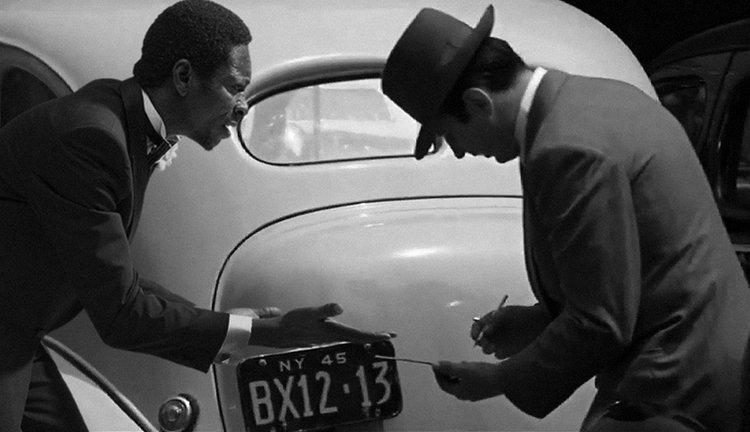Uche Okpa-Iroha
Lagos, Nigeria • instagram.com/kedu4me





-
The Plantation Boy
The artist contextualizes Francis Ford Coppola’s film The Godfather in the project The Plantation Boy, where he inserts himself into film stills, storyboards, and staged re-enactments. The iconic Godfather movie forms the platform for the artist to examine the relationship between the history of western cinema and the media dynamics of race. The artist will embrace a mesh of skewed identity that takes reference from a multifarious cross-section of cultures.
The Plantation Boy depicts a humorous intrusion in 40 movie stills from the Godfather part 1, released on the 16th of March 1972. The intervention is a tribute and an investigation into how movies affect the individual and society. Many movies are based on true stories and facts, but are replayed by actors who, by leaving traces of their own emotions and identities, blur out the differences between fantasy and fiction.
The artist photographs himself in the studio and inserts the images digitally into the original film stills. Thus becoming part of the already established or known conversations and actions. With these simulated images, a distortion or distraction is created, drawing attention to the artist who is now the ‘foreign’ or the ‘other’. A subaltern identity is formed, and a form of representation is established. The artist takes on both the political form of representation and representation by portrait or “placing there.”
The whole process creates an illusion, and then a rethink of the original conversation. A new dialogue and new scenes are instigated. The viewers will now be lured to form their perception and storyline or to develop a new conversation from what they see.
The project is multilayered but its core theme borders around what the artist will refer to as the subjective representation of the presence of an omission. The representation of a deviant culture or race that was not originally there. The whole process creates an illusion. There is also a new dialogue from the simple act of intrusion and new scenes or conversations are instigated.

© Daesung Lee
